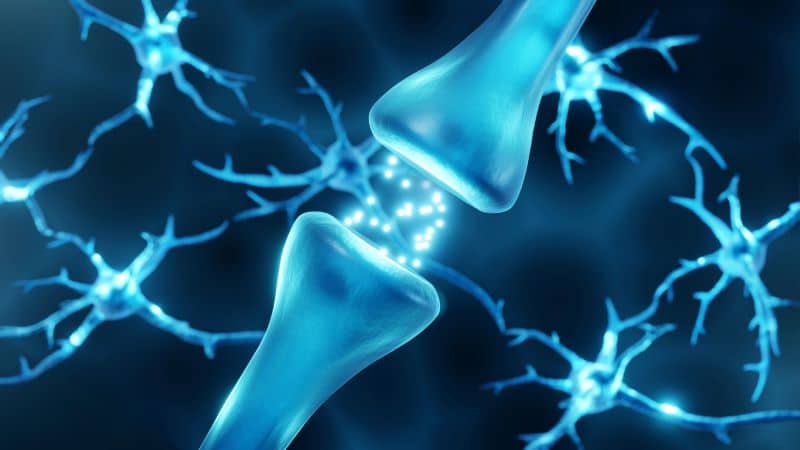Study finds pain has unexpected health benefits for our gut

In a study that could overhaul the way we approach pain management, researchers from Harvard Medical School have found evidence that pain is necessary, when inflammation occurs, to trigger a bodily response that helps protect the microbial composition of the gut.
Experiments conducted on mice that were experiencing an episode of inflammation, found that those lacking pain neurons produced much lower levels of a particular kind of mucus that protects the gut and shields the surface of organs from damage. This lack of mucus production led to an imbalance of beneficial and harmful microbes in the guts of the mice which subsequently led to colitis, or inflammation of the gut.
Researchers found that mucus production is increased when goblet cells – cells that line the intestines – are triggered by an interaction with pain receptors in the gut. Further experiments showed that a chemical released by stimulated pain neurons, called CGRP, is what triggers the goblet cells to increase production of mucus.
When the mice lacking pain neurons were administered CGRP their production of mucus rapidly increased and protected the mice against gut inflammation, “…even in the absence of pain neurons.”
Senior Study Investigator, Isaac Chiu, said the results showed the body’s response to pain is more complex than previously thought.
“It turns out that pain may protect us in more direct ways than its classic job to detect potential harm and dispatch signals to the brain. Our work shows how pain-mediating nerves in the gut talk to nearby epithelial cells that line the intestines,” Chiu said.
“This means that the nervous system has a major role in the gut beyond just giving us an unpleasant sensation and that it’s a key player in gut barrier maintenance and a protective mechanism during inflammation.”
Interestingly, when mice with pain receptors were given capsaicin – the ingredient that makes chilli peppers so hot and painful to eat – their goblet cells swiftly produced an abundance of the protective mucus.
Chui said his initial research could lead to a re-think in the way we use medication to treat pain.
“Given that pain medications are often used to treat patients with colitis, it may be important to consider the possible detrimental consequences of blocking pain,” Chui said.
“In people with inflammation of the gut, one of the major symptoms is pain, so you might think that we’d want to treat and block the pain to alleviate suffering,” Chiu said. “But some part of this pain signal could be directly protective as a neural reflex, which raises important questions about how to carefully manage pain in a way that does not lead to other harms.”
Chui also raised concern about popular migraine medications that block the production of CGRP.
“Given that CGRP is a mediator of goblet cell function and mucus production, if we are chronically blocking this protective mechanism in people with migraine and if they are taking these medications long-term, what happens?” Chiu said. “Are the drugs going to interfere with the mucosal lining and people’s microbiomes?”
Note from National Custom Compounding: Today there are a variety of safe and effective pain medications and pain treatments to help manage pain better and with less side effects. We have many years experience working with medical practitioners and patients to develop customised pain medications to suit the needs of each individual and their particular health needs. For more information and no obligation advice contact us on 1300 731 755 or [email protected].
More articles that may interest you:
[optin-monster-inline slug=”oqqklvasafov6yvbfsuo”]
